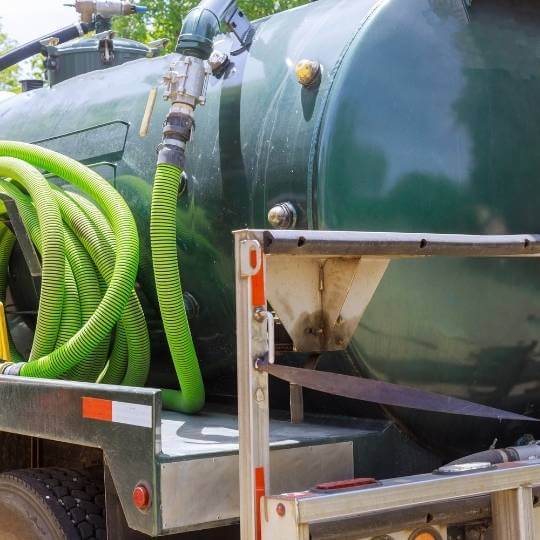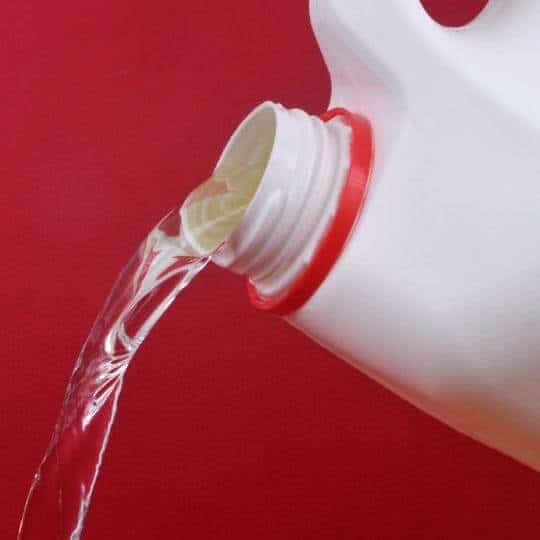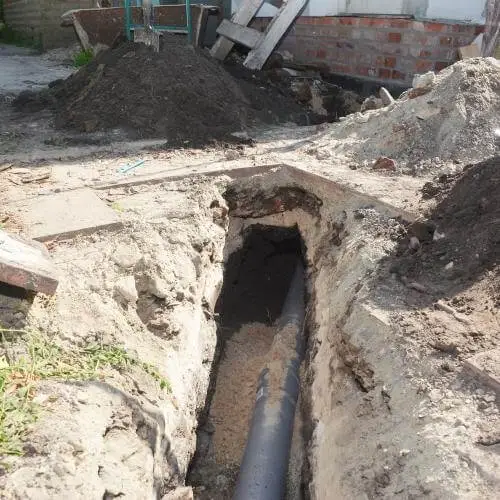Do you know how to clear a main sewer line clog yourself?
Your home has drain lines that remove wastewater from sinks, toilets, tubs, and other fixtures. These lines all connect to the main sewer line.
And the enormous main pipe directs all of your home’s waste into the sewer or septic system. When the mainline becomes blocked, drains throughout your house become unable to function.
You may even experience water leaking from pipes and other fixtures. In particular, blockages in the main sewer line can be a huge headache.
The sooner you detect the warning symptoms of a main sewer line blockage, the better. The longer you ignore them, the worse the problem may get.
Unrecognized or disregarded clogs in the main sewer line might result in expensive repairs or expose you and your family to contaminated water. [1]
Causes of Clogged Sewer Line
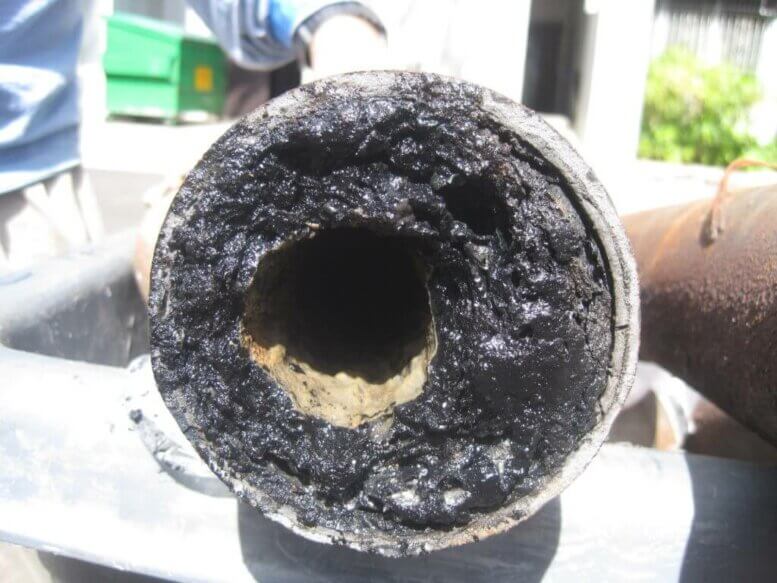
Damage to the sewage pipe is one of the most frequent reasons for a clog. The damage caused by a collapsed or bent pipe may prevent the garbage from properly passing through the line. Sewer lines can be damaged by a variety of factors, such as:
- Dirt movement around the pipe
- Internal corrosion of the pipe
- Building near the line
- Heavy traffic atop the sewer pipe
- Worn-out pipe joints
Additionally, sewer lines frequently clog due to slow sagging that occurs over time. The pipe’s bend makes it easy for debris to accumulate, eventually leading to a clog.
Fat is the most typical material to clog a sewer line. The grease, fat, and oil poured down a sink drain will cool and solidify.
The grease usually hardens when it gets to your main sewer line, even if you run hot water with it. The fat then adheres to your pipes and results in a clog.
Other debris that frequently creates clogs includes paper towels, flushable wipes, sanitary items, and other bulky items flushed down the toilet. Therefore, you should never pour anything down your drain besides toilet paper and fluids [2].
Lastly, tree roots are a potential cause of clogged sewer systems. Trees possess remarkable strength. Over time, even microscopic roots can find their way into your pipes.
Given that the root will clog up the broken location in the line, you might not notice a big leak. However, when the roots expand inside the pipe, they create a mass that makes it difficult for wastewater to travel through.
Signs of a Clogged Sewer Line
It’s crucial to be aware of the symptoms of a clogged sewer line before attempting to fix anything yourself. The location of the clog will determine whether you can clear it using the sewer cleanout or from another place.
It also determines whether you need to contact a nearby drain-cleaning business for assistance. The warning indicators are as follows:
- Recurring blockages, especially in many fixtures
- Gurgling restrooms
- Sink, tub, and toilet drains that are too slow or sluggish
- Drain backups in toilets, sinks, and bathtubs
- Odors coming from the restroom or drains
- The water level in your bathroom fluctuates
How to clear a main sewer line clog yourself
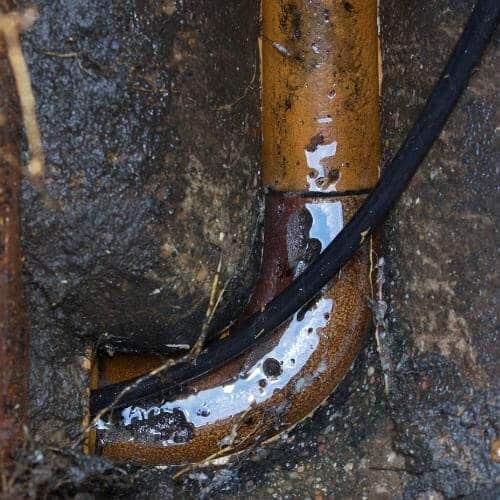
You might be unsure how to resolve a clogged main sewer line in your home. As a result, you might consider calling an expert plumber so you do not mess things up.
Fortunately, you can clear the main sewer line pipes by yourself. So don’t panic if you notice all the symptoms of a main sewer line blockage.
This problem can be remedied with the right equipment and knowledge. The following tools and materials must be gathered before beginning your sewer cleanout project.
- Water-resistant work gloves
- Lawn hose
- Pipe snake/plumbing auger
- A pipe wrench
- Waterproof footwear (recommended)
Heavy-duty suction and a lengthy drain snake are typically needed to clear mainline sewer obstructions and get to the trouble spot. Fortunately, most hardware stores hire professional-grade plumbing snakes. So, with the materials at hand, move on to the following steps.
- Loosen the drain pipe cap
Finding the location of your main drain cleanout is the first step. Find a tiny white pipe that protrudes a few inches from the ground. It frequently stands close to a flowerbed.
To remove the cap, use the pipe wrench. Remove the cap gradually, then let it rest for a short while before doing so entirely. This will aid in preventing any unexpected sewage or water spills.
- Remove the cap and allow the build-up to drain out
Open the cap quickly, then move aside. Any waste that the blockage has allowed to accumulate will burst through the main line drain. Before attempting any fixes, let it run off completely.
- Insert the snake into the drain pipe
Feed the auger into the opening slowly. Each pipe snake comes with specific manual instructions. Therefore, yours before you start.
Slowly feed the auger into the pipe until it reaches the sewer system’s obstruction. Then, when the snake can no longer move, you’ll know you’ve hit it.
Then, work your way down the sewer line to clear it completely. This method works even if there are multiple clogs.
- Run the pipe snake until all clogs are gone
Run the auger until there is no longer any resistance and the build-up of water in the pipe has disappeared. This means that the clogged line is unblocked.
Even after the clog has cleared or broken up, keep running the auger just in case there are still a few tiny bits of debris.
- Rinse with water from the hose
After clearing the obstruction, use the horse to vigorously squirt water down the drain pipe. Please ensure the nozzle is at its highest setting, and thoroughly rinse everything. The auger will be cleaned off, and any remaining debris caught in the pipe will be removed.
- Gently pull the auger out of the pipe
Pull the snake out of the pipe little by little, hosing off any debris as you go. Before winding the auger cable back onto the machine, you should rinse it out a few times.
When finished, replace the cap on your drain pipe and tighten it up using the pipe wrench. Make sure to catch the threads when replacing the sewer cleanout cover to prevent stripping.
You must avoid overtightening the sewer cleanout cap, as this might harm the pipe.
Main Sewer Line Still Clogged
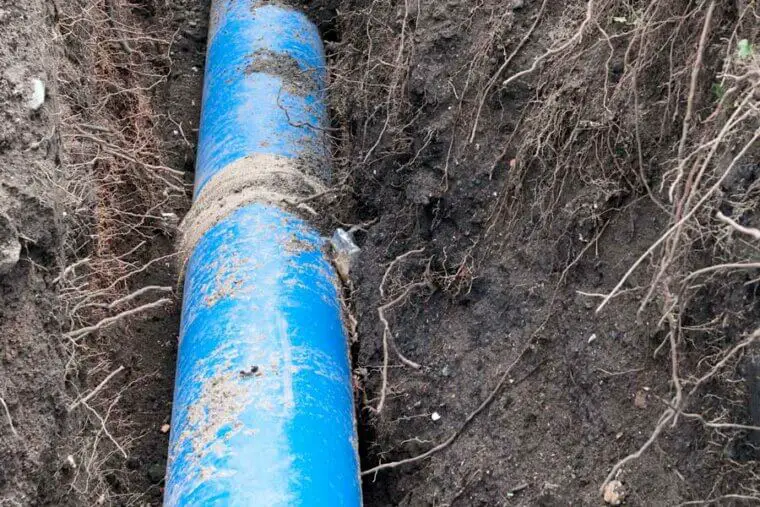
If your main drain line is still clogged after taking these actions, you should use a hydro jetting service to clean it. The hydro-jet has an additional force and can access even the remotest obstruction .
It’s also possible that roots and debris are present or your sewer line pipe is damaged in a location you cannot see. It’s critical to get professional help early enough if your main sewer line is clogged and you cannot resolve the issue.
A reliable plumber can determine the root of the obstruction and work with you to discover a fix that will keep your pipes free and operational for many years.
The main sewer line should continue to function properly while requiring regular clean-up of the pipes, fixing broken portions, or replacing the entire line. So be sure to contact a licensed plumber immediately if you need assistance with a clogged main sewer line.
Regular maintenance with a qualified plumber is essential to avoiding serious, expensive problems.
How to prevent future sewer line clogs
You should handle any problems with your main sewer line as soon as they arise. Nevertheless, you can take several easy precautions to avoid repeated clogs.
For instance, routinely checking your drains and pipes for damage or obstructions might assist you in identifying potential issues before they worsen [3].
Additionally, installing grease traps and drain guards can aid in minimizing the build-up of solid waste and debris in your sewer system.
Finally, frequently do basic drain repairs to avoid further clogs if you discover that your main sewer line has gradually become congested. This can involve using a drain cleaner, clearing away hair and other obstructions from drains, and flushing any build-up out of your pipes with water.
Always keep in mind that the only things that belong in toilet drains are toilet paper and human excrement. Therefore, you risk clogging the drains when you flush sanitary pads, other feminine hygiene products, heavy paper towels, food, and other toiletries.
Read Also: Belly In Sewer Line
Conclusion
Although a major sewer line clog might not seem to pose a threat to your house immediately, it must be fixed as soon as possible. Multiple clogged sinks and toilet waste leaking into the tub rather than exiting the house can result from failing to clear a major sewage line.
Unfortunately, you’ll probably wind up with a big fee if you hire a plumber for this urgent job. However, you can unclog a main sewer line for a fraction of the expense if you’re willing to perform some simple DIY home maintenance.
So put on your work gloves and read this tutorial to learn how to clear a main sewer line without using money from your emergency reserve for home repairs.

Michael Davis is a heating & plumbing expert who currently works as independent contractor in SC. He also writes for Plumbertip.
For almost 10 years he worked on various plumbing tasks across South Carolina.
